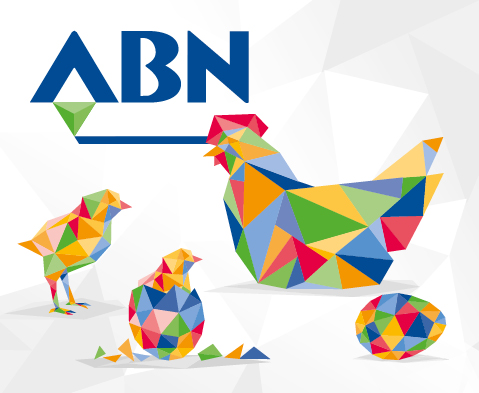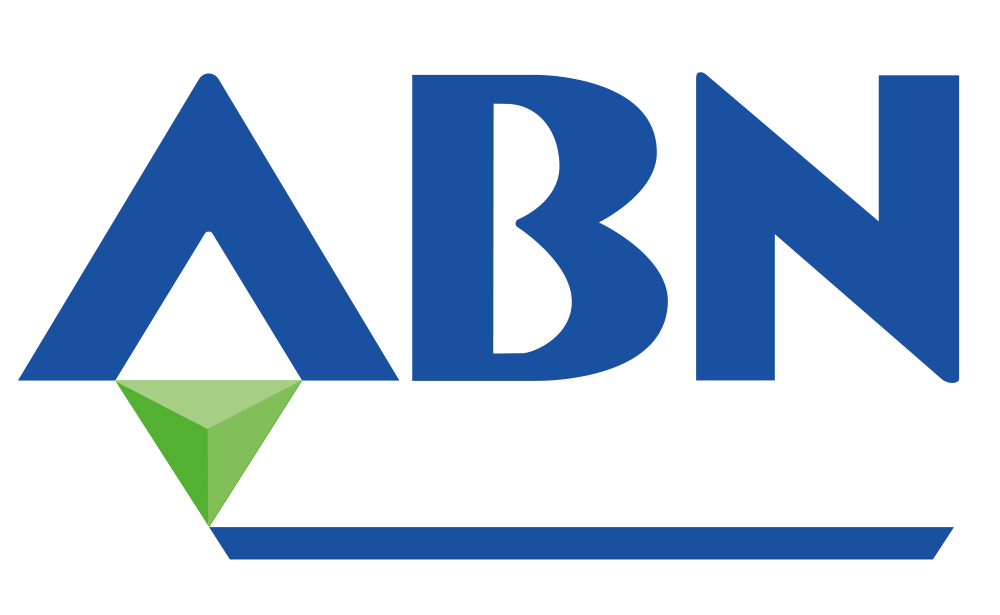Clarity is needed to meet our future sustainability goals and maintain efficiency and performance.
Feeding chickens in a new low-carbon world, meeting sustainability demands and Net Zero goals, will require a structured and pragmatic roadmap, with clarity from within the supply chain on what is meant by a soya-free diet. Our senior nutrition manager, Brian Kenyon explains what this means and what needs to be considered moving forward to make this a reality.
One of the main challenges of a lower-carbon diet is that it would usually increase cost. With today’s cost challenges, any additional feed costs further underline the importance of maximising feed efficiency and productivity, where a strong focus on cost efficiencies and balanced nutrition is vital.
Adjusting poultry diets to meet sustainability requirements, and specifically reducing the reliance on soya, will bring significant challenges and will require realistic timeframes. Brian also believes some clarity is needed from the industry as to what is meant by a soya-free diet. Are soya derivatives such as soya oil allowed, or will they need to be replaced as well? Soya meal itself can be replaced by a number of existing materials, such as beans and rapeseed, however, time and effort will be required to develop the supply chain and the right processing techniques needed to maximise their effectiveness. Soya oil alternatives are not as readily available and we may have to revisit the use of tallows.
Alternative products such as insect meal, single-celled organisms and co-products of the food and energy industry are either not widely available or not ready for mass production. Co-products are an interesting alternative, as they have low carbon values due to their status as by-products, though this could be offset by additional processing requirements.
While we are constantly evaluating our product range and refining it to meet today’s demands, we are at the same time looking at potential alternative raw materials to see how they could fit into a productive feeding programme.
Brian calls for a realistic transition action plan, recognising that a complete move away from soya cannot happen overnight, and a pragmatic approach would be to work towards a five-year roadmap to a low-soya diet to ensure availability of high-performing and sustainable alternatives. An industry-managed transition to reducing soya, with an extended timeframe, would allow a secure supply chain to be set up, with the arable sector able to scale up the right crops, preventing demand from outstripping the UK’s cropping cycles and further exacerbating price rises.
We are confident that as an industry we can overcome the challenges and improve the sustainability credentials of poultry production in the UK, but it will require a joined-up approach across the entire supply chain.

